On opening night, I had the pleasure of engaging in a conversation with Stefanie Koemeda, one of Nirox Foundation’s latest artists in residence who was being showcased in the group show Layers: Rock Art Across Space and Time at the Wits Origins Centre. We had our talk just outside the Centre, right before the curator Sven Christian‘s opening address.

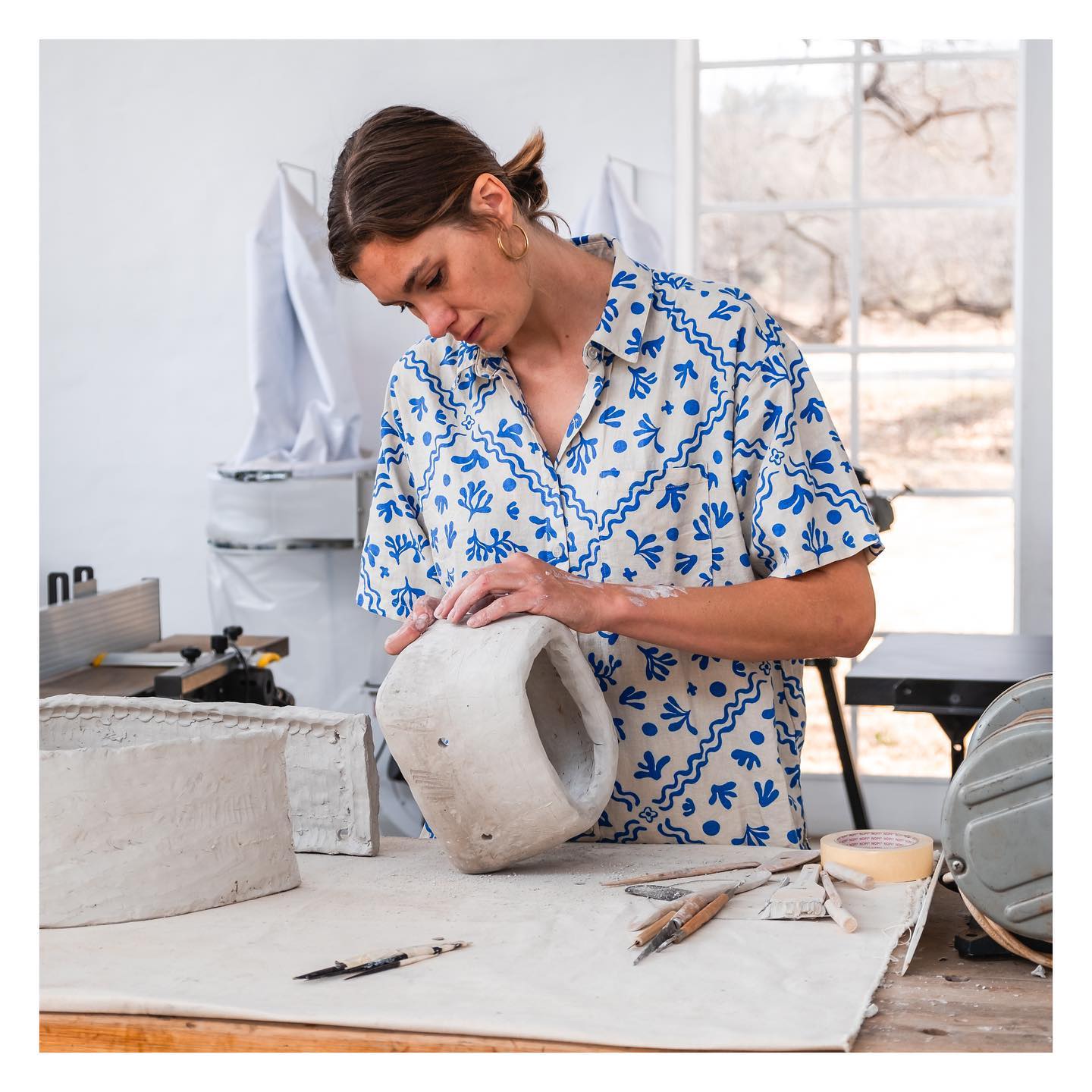

Thembeka Heidi Sincuba: Could you tell me about your experience at Nirox and what drew you there in the first place?
Stefanie Koemeda: Yes, sure. I am Swiss and Austrian, and Switzerland has a funding agency with global connections and one of the connecting offices is in Johannesburg. I’ve been checking residencies around this area for a long time because I travelled to Southern Africa seven years ago and fell in love immediately with the region. … When I discovered Nirox, I thought that was … an extremely interesting place for me because of the cradle of humankind, and my interest in archaeology, deep time, and geology. I saw the pictures, and it was a no-brainer. … It’s heaven.
THS: What specifically made it heaven for you?
SK: Apart from the nice park they have, you can also just walk around … For me, as a European living in a city where everything is dead, it was heavenly. From a practical side, you get the freedom to do whatever you want. You don’t have to make an exhibition in the end or stick precisely to what you wrote in your application. That was one of the best things for me, being able to react to the place instead of just bringing my practice and executing it.
I also met people who took care of me, especially Sven Christian. He connected me to interesting people who shared artistic interests. I felt well taken care of. I was sharing the residency with Io Makandal, and I think we’re a good match.
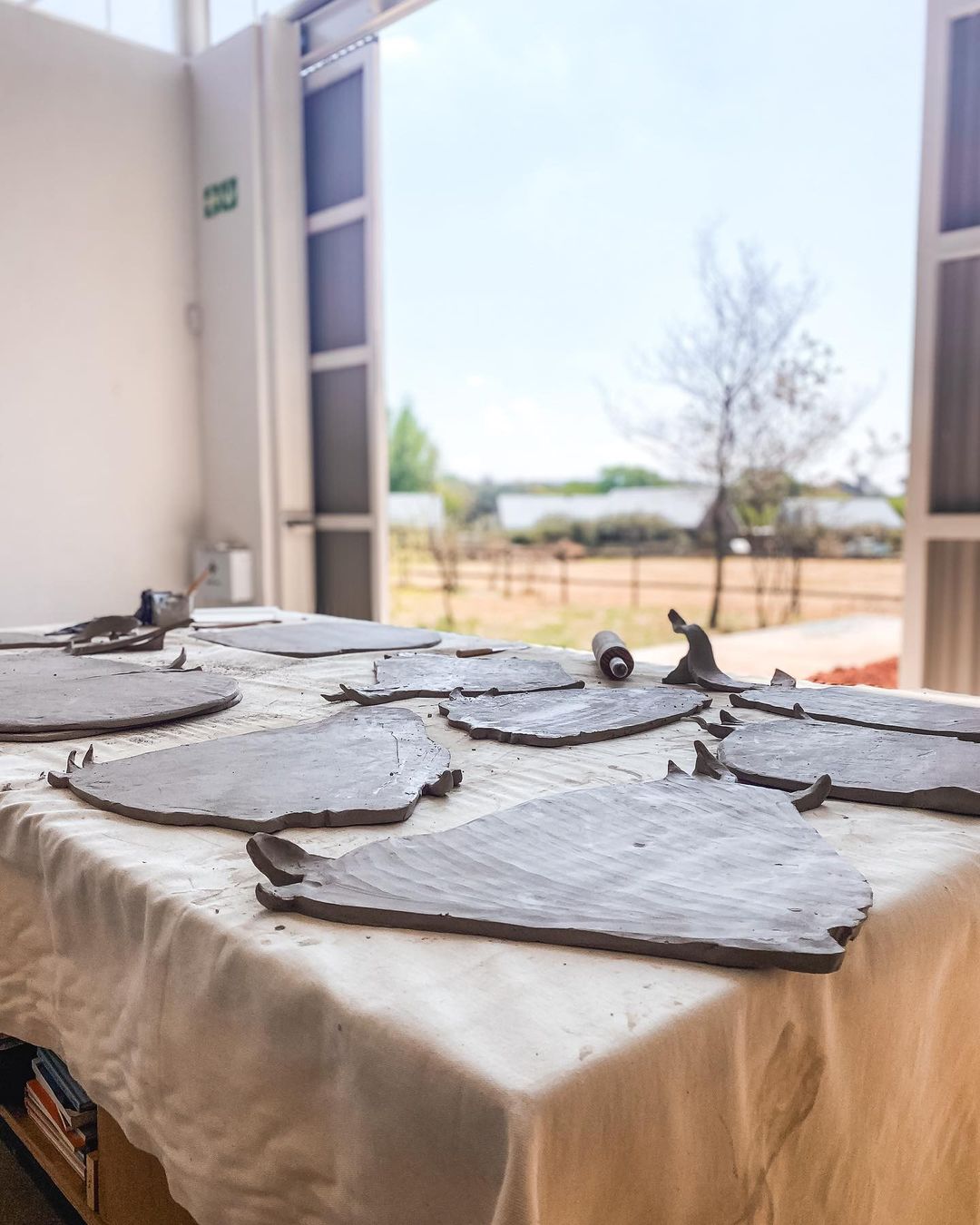
THS: You said you had an idea when you had a proposal, but you were free to do whatever you wanted when you got there. How did your concept change and what made it change?
SK: The proposal was to create imprints of forms I found, not structures, using clay. I would make negative imprints of what I found and then assemble them into sculptures. … I did follow this plan for my final show, but I didn’t focus as much on the imprints. I worked with more free-form shapes, creating reliefs that were heavily influenced by what I observed and discussed with people. We went on many excursions, we visited five different mines in the West Rand because of my interest in soil and geology. This trip to the mine also informed my final sculpture.
THS: The terms ‘sustainability’ and ‘equality’ are used to describe the aims of your work. Did the mines you visited play a role in your exploration of these themes?
SK: Yeah, so, maybe first, the sustainability aspect for me is that our infrastructures, including mines, interfere with the planet’s top layer. We find ancient artefacts while creating modern ones. … Toxicity in Johannesburg’s dust is already measurable and will persist for millions of years, altering soil composition in the geological record. … I examine what we find and what we unconsciously leave behind, such as mines.
The equality aspect interests me in who shapes the future record. It’s typically wealthy states and corporations, possibly transitioning from nation to corporate power. It’s a small group dictating our legacy. Like, poor people, women, they don’t leave that much behind, you know, they don’t get the chance to have an imprint.
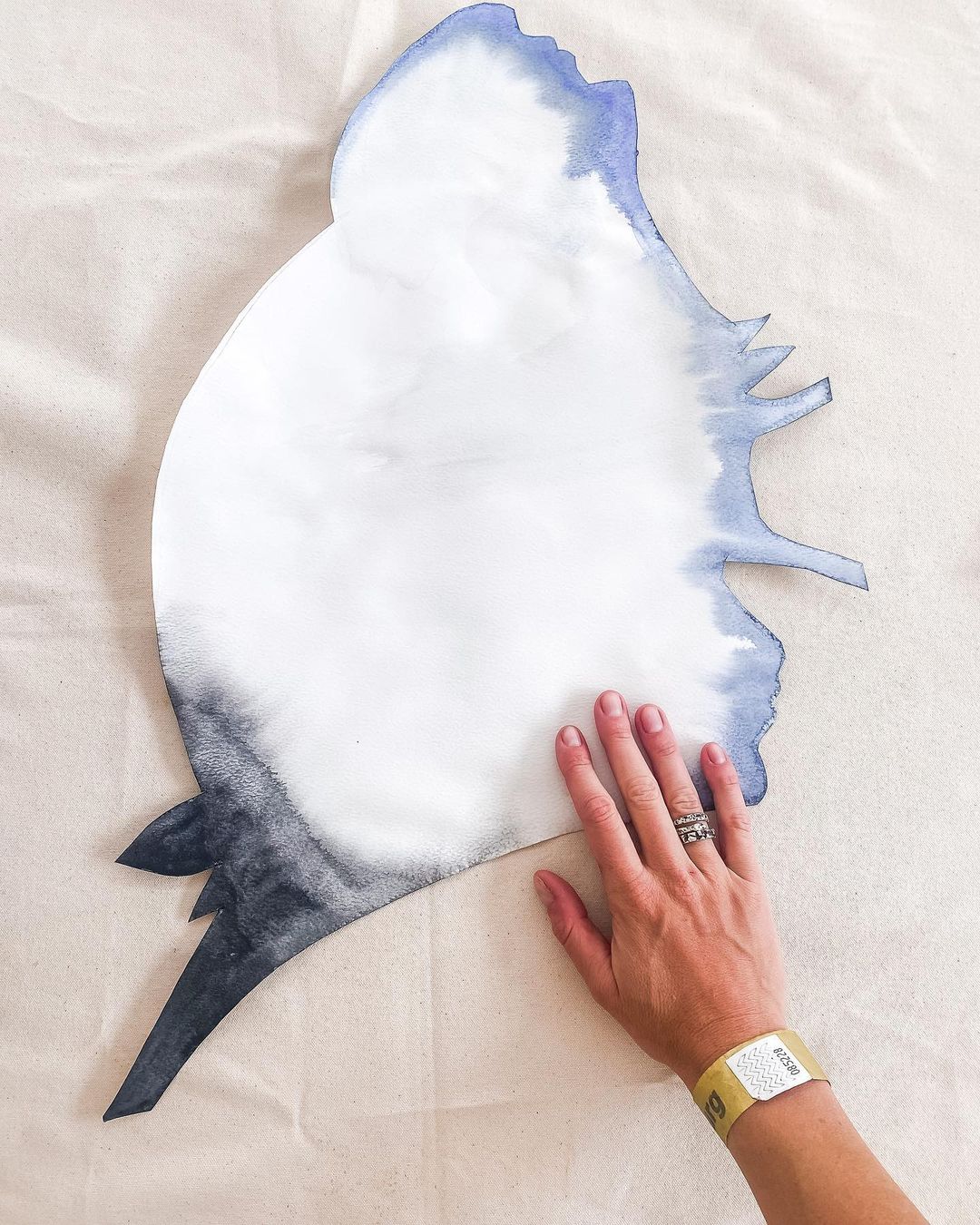
THS: What do you think people could misunderstand about your work?
SK: I think maybe, especially with the show that is up at Nirox now … I’m not romanticising Stone Age artefacts at all. For example, there is this cave in Spain where they have hand imprints. And it’s the most famous one, but you get them everywhere. You get them here as well. And they found out now that 80 or 90 per cent of all those hand imprints are from women, women’s hands. And I think there is a tendency to think …it must have been a nice ritual of celebrating women or whatever. But it could be something super cruel. It could be something scary.
THS: I read a quote on time by Timothy Morton in your portfolio and it occurred to me that time is so political. For example, African Time is more cyclical rather than linear … I’m curious about whether you engaged with these ideas while you were exploring local artefacts.
SK: The problem is that the winners are the ones who create the history. …we are now living in a world where scientists and science, I mean, natural sciences as they were born 500 years ago, dominate everything. There is no perception of reality that is outside of that. … I did study biology before I was an artist and that transition for me was difficult. The realisation that that is not the only alternative that exists was the most liberating thing for me. I think maybe that speaks to your time perspective … how cultures that are somewhere else think of time.
… honestly, that was a very challenging thing for me because I am not as educated about … the frictions that are here as I would want to be. I mean, I think I have learned a lot over the last … three months and I’m extremely grateful for that. But … (there are) so many different conversations here that … it feels a bit like being illiterate, but I’m also happy … that I challenge myself and realise that I have massive blind spots and that I am not informed about many things.
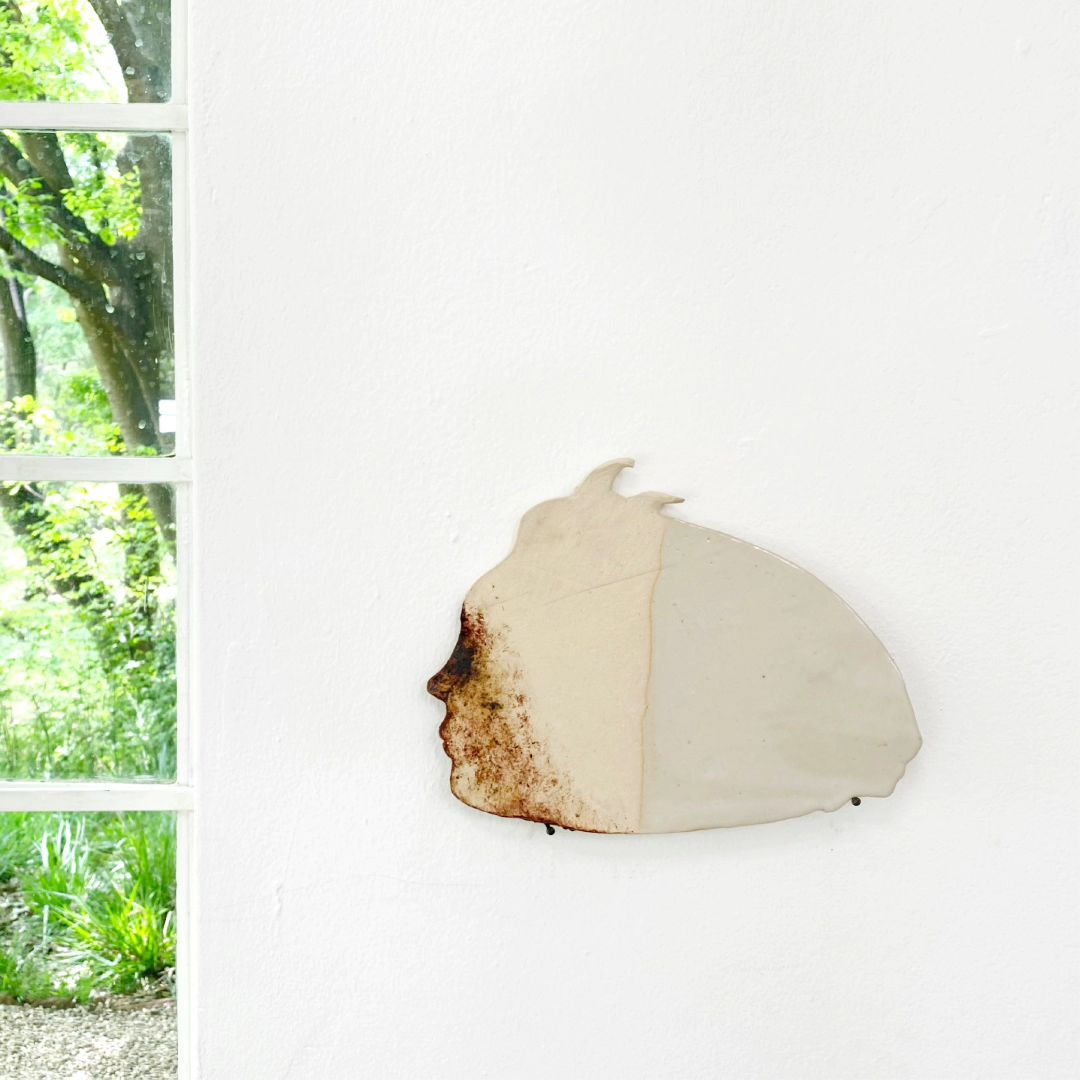
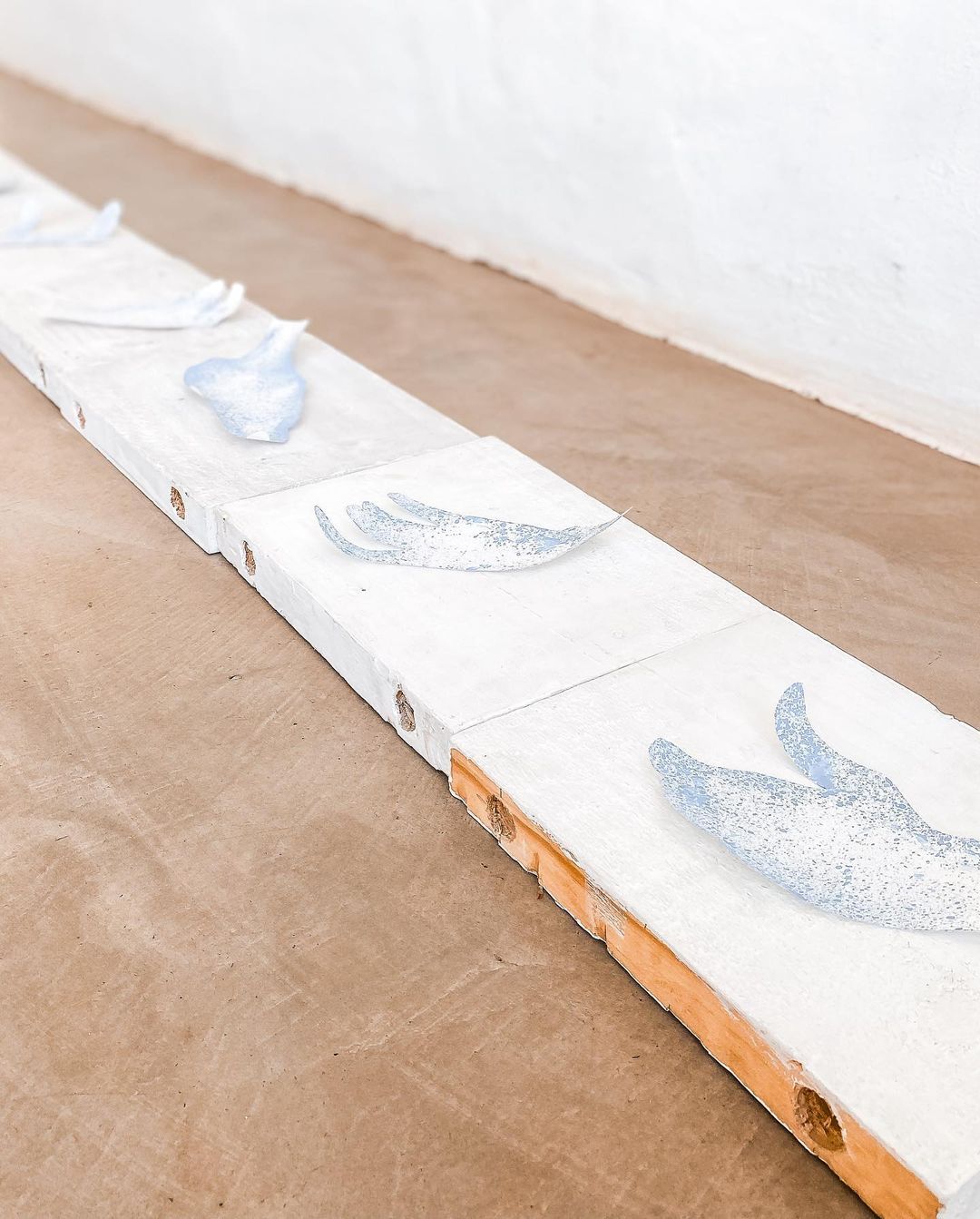
THS: Land is also incredibly political in South Africa and as equality is listed as one of the objectives of your work, how did the context affect your practice?
SK: … the political aspect … is not a big part of my work and the most interesting thing for me was that when I’m practising at home, that doesn’t matter, but here it is a much bigger decision not to care about, or not … I do care, but (not) to include it into your work. … I had very interesting discussions about that with Io because she’s also working with the soil and the earth as a white person here. … when I had those conversations with her, I realised that that is an aspect that is completely new for me here. That Earth is very political and rightly so.
Stefanie Koemeda‘s show, In My Brutish Breast, opened at 2 p.m. on the 30th of September in NIROX’s Cool Room and remained on display until the end of October. The exhibition presented a collection of creations crafted during the artist’s residency, spanning from ceramic-based relief compositions to ink drawings and watercolour pieces. Now travelling with the Layers exhibition under the careful stewardship of Sven Christian, her objects can currently be seen at the Wits Origin Centre.
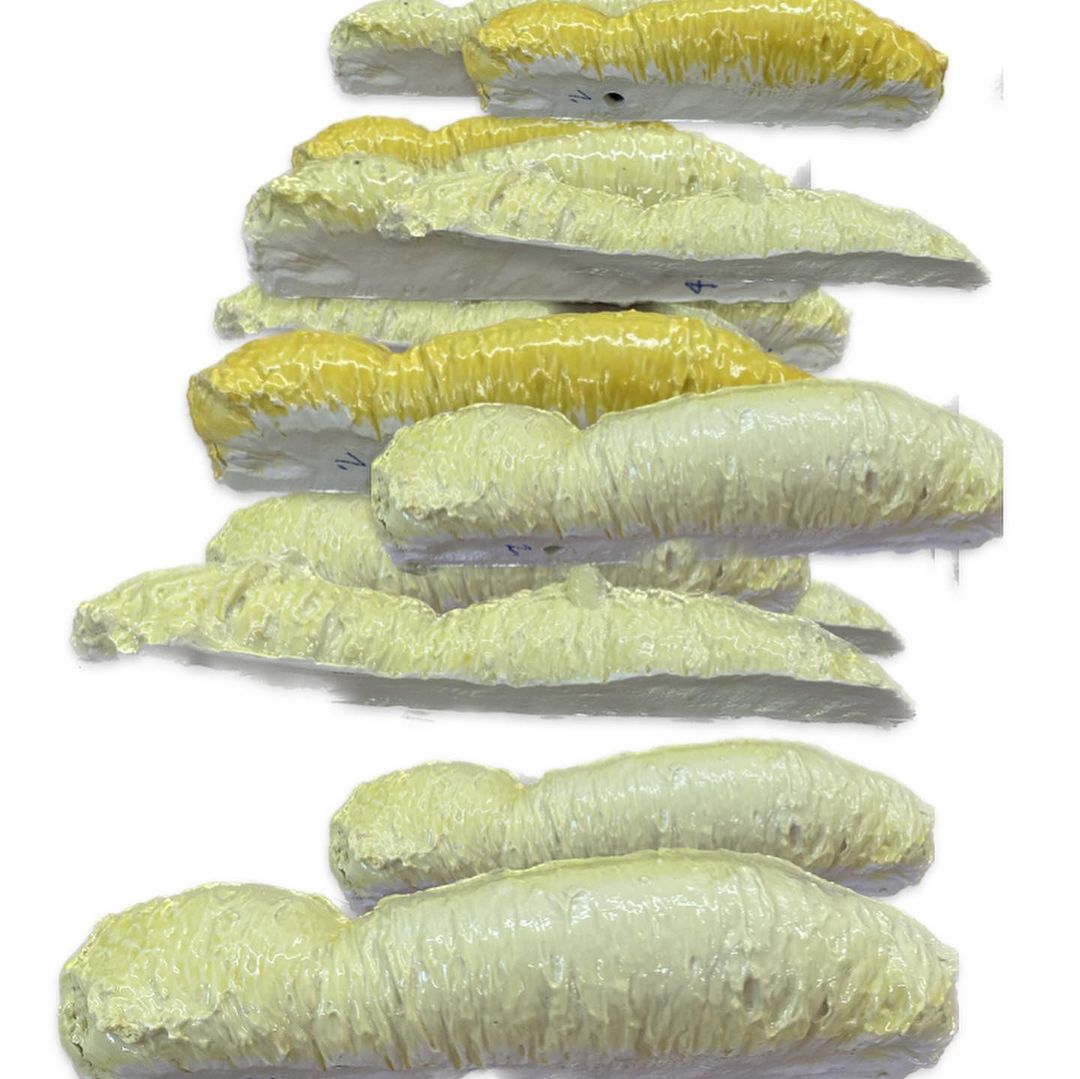
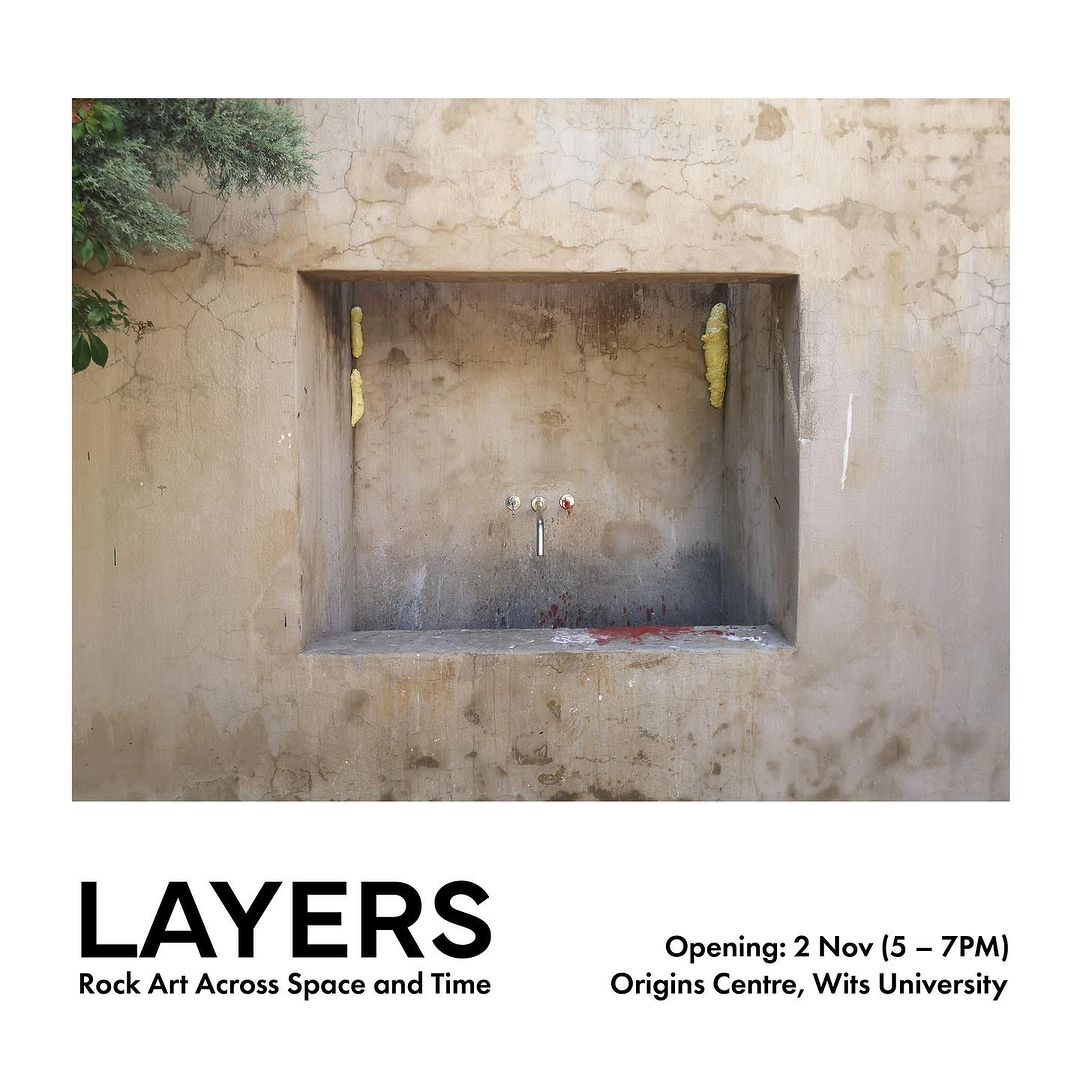
This story is produced in the context of an editorial residency supported by Pro Helvetia Johannesburg, the Swiss Arts Council.



















































